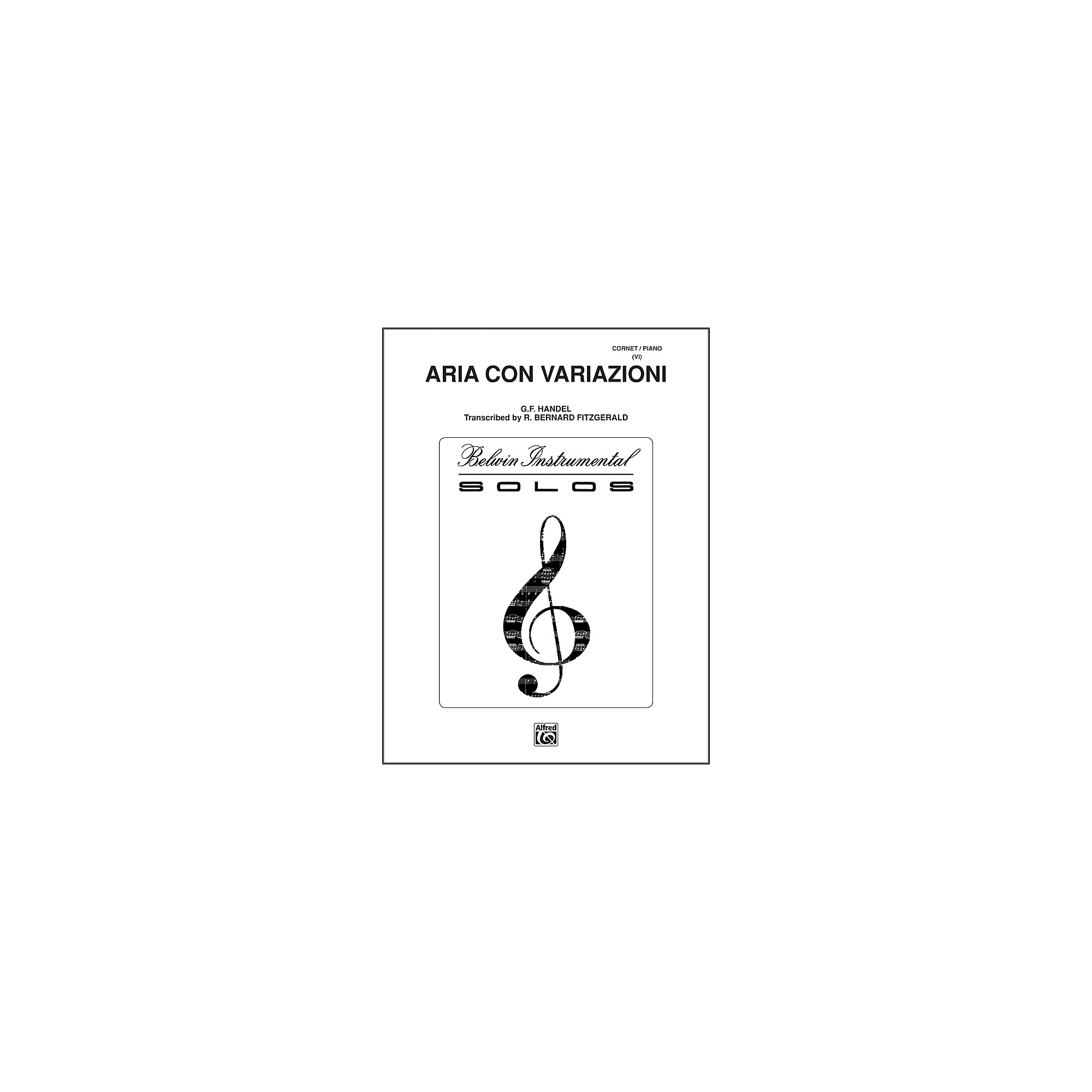
It consists of a set of twenty-five variations and a concluding fugue, all based on a theme from George Frideric Handel's Harpsichord Suite No. 1 in B ♭ major, HWV 434. IV, 1 measure after 11 all the Cs in the trumpet part for that measure should be C#s.The Variations and Fugue on a Theme by Handel, Op. 24, is a work for solo piano written by Johannes Brahms in 1861. (Which, by the way, isn’t necessarily all that bad from a lyrical standpoint.) But to stay true to the terraced harpsichord-like dynamic treatment follow through those phrases with blocks of sound and you’ll get a more instant change of dynamic. For example, it is very tempting to put hairpin dynamics on the two echoes immediately after 15 because of the shape of those 2-beat phrases. Those rectangles change size for the different dynamic markings. Imagine rectangles representing the dynamic enclosing the music of the dynamic. Play the dynamics at 14 and 15 in blocks. But that ruins the surprise of the terraced dynamic change. The echo effects are especially tricky at 14 because the passage descends so we normally decrescendo.

Subdivide to the eighth note and keep a steady pulse throughout. Don’t let the rhythm get away from you though. This is a flashy sounding variation and a great way to end the work. Try to make this as smooth and lilting as you can while still maintaining clarity and definition of the articulation. I don’t emphasize the first note of the slur (like I do in the first part of the clip). My suggestions for the fourth variation are similar to those for Var.

You can hear that I am articulating somewhat but I don’t think it’s too offensive. The “L” articulation gives me the confidence of articulating on an ascending same-valve slur, while still maintaining a smooth slurred sound. So for example, the four sixteenths on beat 3 of 3 after 9, I say, “do-ee-lu-ee-oooo”. In the 3 rd and 4 th measure after 9 I employ a very soft d-tongue actually closer to an ‘L’ articulation. Sing through this movement as much as you play it. It’s ideal to do it in one breath but if you need to breathe my clip example shows you an option that I like. The phrase from 7 to the fermata is pretty long. Try to catch the contrast in dynamics at 7. Don’t over emphasize downbeats or large intervallic leaps. This probably isn’t so hard on a harpsichord! We have to work at following through the bottom note of the slurred passage to make everything sound smooth and even. For the tennis players out there it’s the difference between slapping at the ball and stroking through the ball.įlowing through intervallic slurs is not one of the trumpet’s easier tasks. This is a common occurrence and playing this way makes it difficult to create a flow or longer line. I, I played how NOT to play slightly emphasizing the articulated note of the slur. OK, in my first pass through the opening of Var. At the very least bring out the contrast in the many echo effects from f – p that occurs throughout the piece. These swells and diminuendos are contrary to how a harpsichord would have played this music but those dynamic shifts make this sound much more vocal. The next thing you might notice is that there are a lot of dynamic changes. Try NOT to breathe inside the phrase marking. Think of the music like a paragraph and the large phrase marking is telling you where the periods are after the sentences. The big “slur” is actually a phrase marking. The first thing you might notice is that there is one big three-measure slur and a bunch of slurs inside that the larger one. This piece should always maintain a song-like quality and never sound technical. Typical theme and variations tend to have a pretty intro and theme then get “notey” and technical for the variations. While Handel did not write this for a vocalist the intention is clearly lyrical. Practice/Performance Tipsįirst off, this is titled Aria, which means song. I’m sure this would also be fine on C trumpet. The entire work is in concert F or our G major, with the highest note being our high B.

Both of these work great for this selection. The Aria was adapted by Fitzgerald for Bb trumpet or cornet. It appears on Wisconsin’s Solo Ensemble Class A solo list. Our repertoire has increased tremendously thanks to his work. Bernard Fitzgerald was a pioneer in transcribing music for brass instruments, primarily trumpet. Bernard Fitzgerald) Biographical InfoĪria con Variazioni began life as one of Handel’s many works for solo keyboard specifically his 5 th Harpsichord Suite. Title Aria con Variazioni For Bb trumpet/cornet and piano By G.


 0 kommentar(er)
0 kommentar(er)
